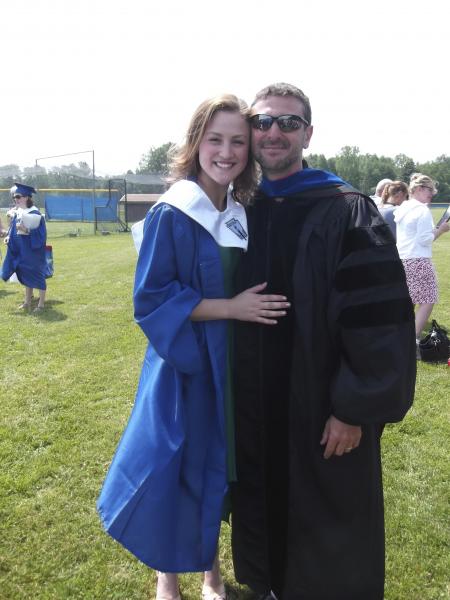Letting Go.
Just dropped off my daughter for college this past week. In and amongst the tears I shed as we left our little girl I thought about the importance of "letting go". For a proud father this meant watching your child fledge knowing great things lie ahead. As parents we all go through some pain in the short run to help our children succeed in the long run.
Oddly for me, I see a strong parallel for golf turf managers. I thought about "being a parent" to annual bluegrass surfaces that have struggled and failed over the last few years. Surfaces that were pushed past their limit, usually during hot and wet conditions or winter injury, and now have to be "let go" if the course wants to move forward.
There are two sides to the "letting go". The first side is "trying to get them back", we simply won't accept we can't grow annual bluegrass on these surfaces. in my analogy, I don't want to leave my "little girl" and won't accept the reality that in the end, her going away was inevitable.
We cling to the idea that if we just did this or did that the annual bluegrass would have survived. There are two problems here, one is that the annual bluegrass that re-establishes while keeping the surface in play encourages the more opportunistic or annual-types of annual bluegrass, and two when this weaker-type of annual bluegrass re-establishes it is prone to serious maladies such as bacterial wilt, nematodes, and anthracnose.
The second side to the "letting go" is accepting the short term pain that the surface has failed and working to establish perennial grasses on the surface. This requires you take the surfaces out of play and treat it like a new seedbed. You can add some bentgrass or fine fescue seed (yes this is not a typo) but no matter what seed you add, annual bluegrass will return from the seedbank.
If you take the "new seedbed" approach you have a chance of encouraging the more perennial-type annual bluegrasses as well as the bent and fine fescue you may have seeded. If you try to keep the surface in play the ONLY plants that will persist are the true annual types with the strong seedling vigor-very characteristic of weedy species.
Of course all this comes with changes that may have contributed to the failure, such as light deficits, poor air movement, or poor rootzone. Therefore any successful transition will include getting the "house in order" for the new surfaces.
No matter how hard I try my little girl has grown beyond the limits of our sheltered home and must now face the world. There will be ups and downs during the transition, but in the long run letting her go is our greatest gift to her. Skype and FaceTime make the transition easier.
Have your putting surfaces passed their useful life? Is it time to let them go and choose a better long term option and deal with some short term pain?




0 Comments
Recommended Comments
There are no comments to display.